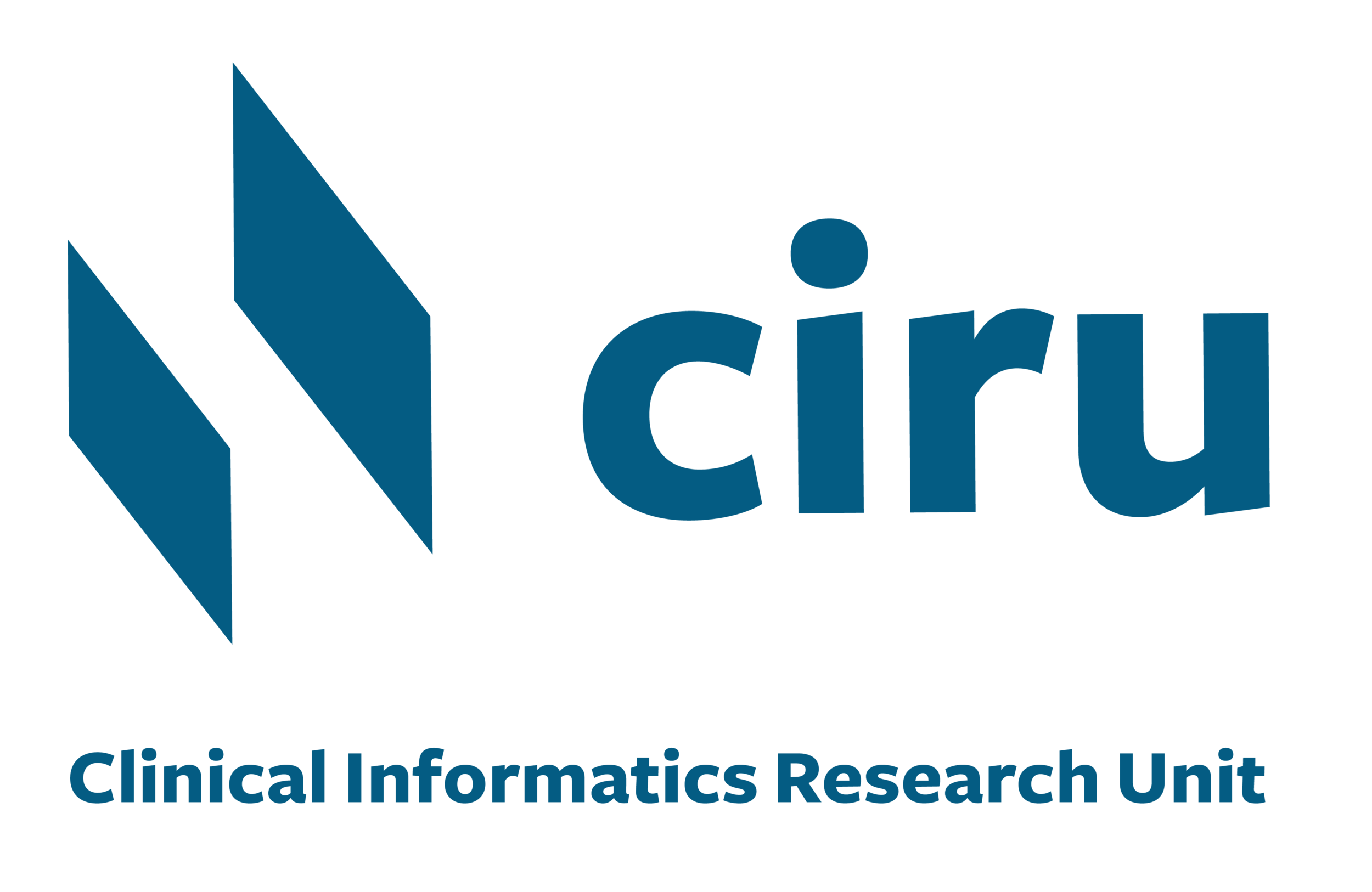Study Results
New content for 2020 – analyses of $105 billion of infectious disease research funding from the G20 countries, across 94000 awards. This dataset covers years 2000-2017 inclusive.
Our pre-print is now online (as of April 2020 under journal review). Click here to see it. Headline findings are:
RESIN found $104.9 billion public and philanthropic investment across 94 074 awards
The annual range of funding was $4.1b to $8.4b
By type of science, pre-clinical research received $61.1b (58.2%) and public health research $29.5b (28.1%)
By disease, HIV/AIDS received $42.1b (40.1%), tuberculosis $7.0b (6.7%), malaria $5.6b (5.3%) and pneumonia $3.5b (3.3%)
By selected high-threat pathogen, funding for Ebola ($1.2b), Zika ($0.3b), influenza ($4.4b) and coronavirus ($0.5b) was typically highest soon after a high-profile outbreak
There was a general increase in year-on-year investment between 2000 and 2006, with decline between 2007 and 2017 (figure 1)
Funders based in the United States of America provided $81.6b (77.8%)
We have also looked at investment alongside the burden of disease, to support decision-making and priority-setting on the part of the funders, WHO and other global health community stakeholders. For example, in figure 2, pneumonia has been consistently relatively-poorly funded compared with other high-burden infectious diseases.
The study Appendix can be found here.
Figure 1. Annual investment, by type of science along the research pipeline
Figure 2. Investment per DALY metric, comparing research funding with global burden of disease



